Westmar Advisors Inc. has won an ACEC British Columbia (ACEC-BC) 2023 award of excellence in the natural resource and habitat category for its debris wall and wharf facility reconstruction that it undertook for the Wuikinuxv (“Wi-kin-oo”) Nation.
“Westmar is honoured to have been recognized by a panel of judges,” said Daniel Leonard, vice-president of the Burnaby-based company.
Wuikinuxv Nation and the Wuikinuxv Village are located in Rivers Inlet on B.C.’s central coast.
Access to Wuikinuxv Nation is by plane or boat only; there is no road connection to the rest of the province.
The wharf facility – similar to a small marina — in Wuikinuxv Village is a critical piece of infrastructure for the Wuikinuxv community.
The facility enables access to fishing grounds and it is where essential goods and services for the community are unloaded.
Despite a 2011 redesign and refurbishment, the debris boom protecting the wharf was badly damaged by subsequent debris flows in the Waanukv River.
The river flows between Owekeeno Lake, a large fjord lake, and the head of Rivers Inlet.
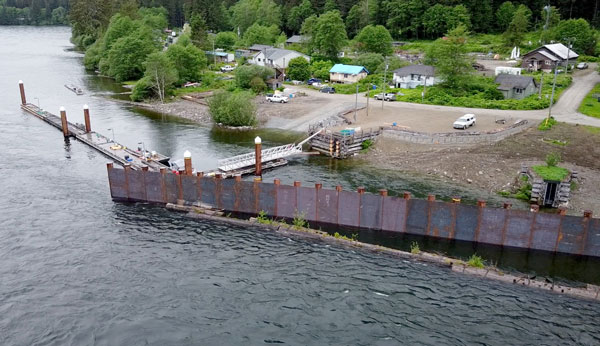
“The lake, which empties into the river, is surrounded by steep slopes,” said Leonard. “There are regular landslides into the lake that bring trees and other debris with them. In recent years there has been less snow cover and more rain, leading to more debris falling into the lake.”
The Wuikinuxv Nation retained Westmar to develop, design, lead community consultation and obtain environmental permitting for an improved wharf facility with a debris barrier.
Because the project was so important to the economic and social fabric of the community, Westmar worked closely with the Wuikinuxv Nation to understand the challenges posed by the debris flows and to devise some innovative solutions to overcome them.

After analyzing historical river flows and the impact of debris on the wharf, Westmar designed a steel plate barrier wall that was supported by large steel pipe piles.
The wall was designed to be strong enough to withstand the impact of debris in the river, to prevent over-topping of the dam, and to avoid the formation of debris dams, while at the same time allowing fish to pass under the wall whatever the level of the river.
In addition to the debris wall, Westmar designed a new wharf facility located downstream, with in-water and upland improvements.
Westmar managed tendering and supported contractor selection on behalf of the Wuikinuxv Nation.
Construction was sequenced to ensure the in-water work would be completed within the narrow time slot that Fisheries and Oceans Canada allowed work to take place in fish-bearing waterways.
The debris wall is 97.5 metres long. It comprises steel sheet pipe piles 762 millimetres in diameter and up to 23.5 metres long, driven up to 12 metres into the riverbed, with steel plates welded between them.
A protected area downstream of the debris wall was dredged to restore water depths under the floats and at the boat ramp.
The upland area was refurbished to make it safer and more functional, to increase its capacity and to offer more amenities.
To ensure the debris wall was finished in time to protect the wharf from the spring freshet, the consultants and contractors worked together to complete it in the winter of 2022.
The project had some significant challenges: A remote location, high river flows, the impact of ocean tides on the wharf site and sensitive salmon-bearing habitat.
“We had to work with limited technical information and strict environmental requirements that gave us little time to work in the water,” said Leonard.
The project was a success.
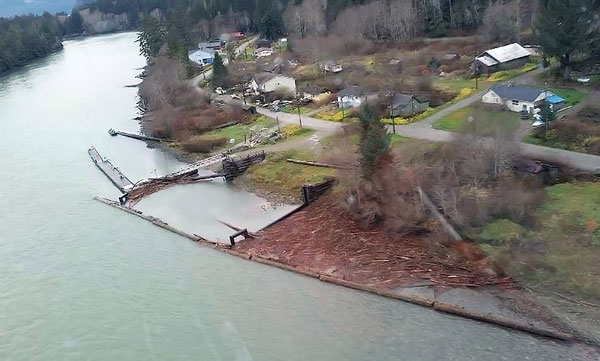
Construction and dredging were completed according to the environmental management plan, with no reportable environmental or safety incidents.
The debris wall performed well during both the spring freshet and the fall high-water flows, and the wharf facility was protected.
Westmar’s award was one of 19 that ACEC-BC gave out for engineering excellence in 2023.
The awards were presented live at the Queen Elizabeth Theatre in Vancouver on Thursday, April 13.
More than 350 people, including various provincial politicians and dignitaries, attended the event, which marked the 33rd presentation of the awards.
“Hosting the event in the Queen Elizabeth Theatre was totally new this year,” said ACEC-BC president and CEO Caroline Andrewes. “The event included live music and cocktails in the QE’s lobby, and winners received their awards on a stage that has hosted legendary music and dance events for more than 60 years.”


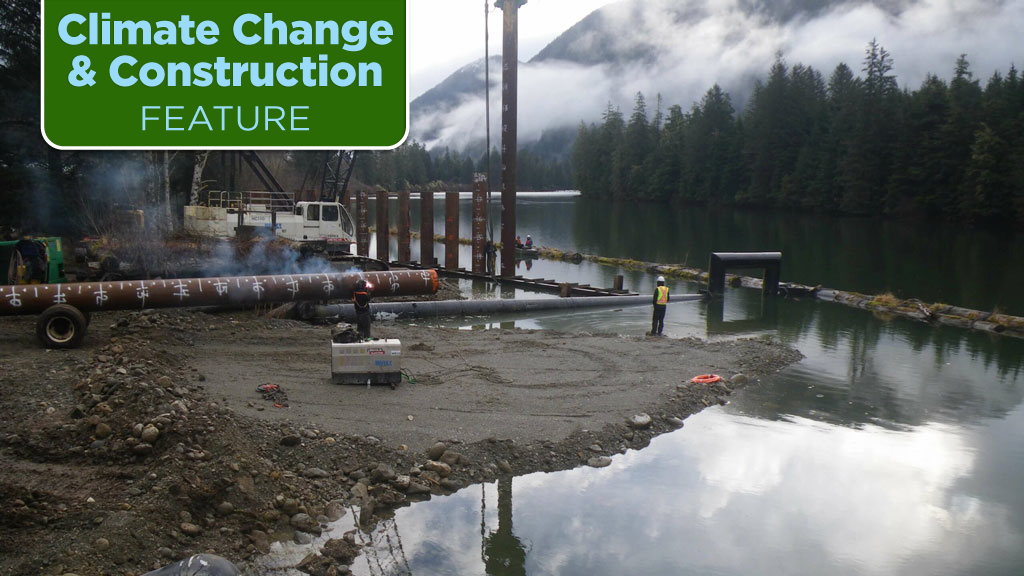


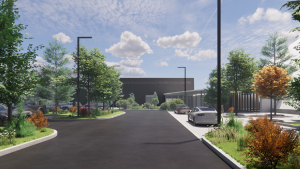



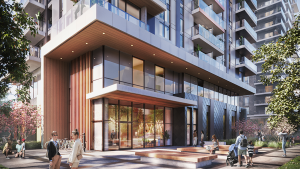

Recent Comments
comments for this post are closed